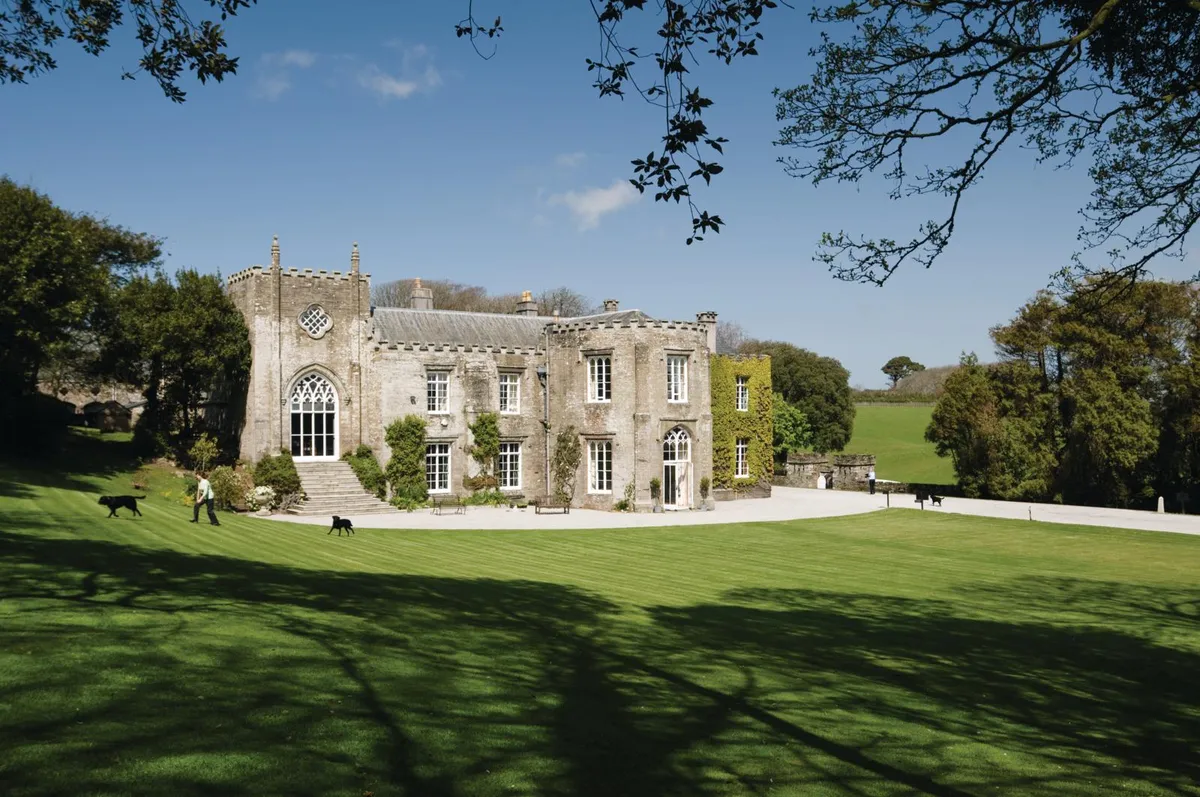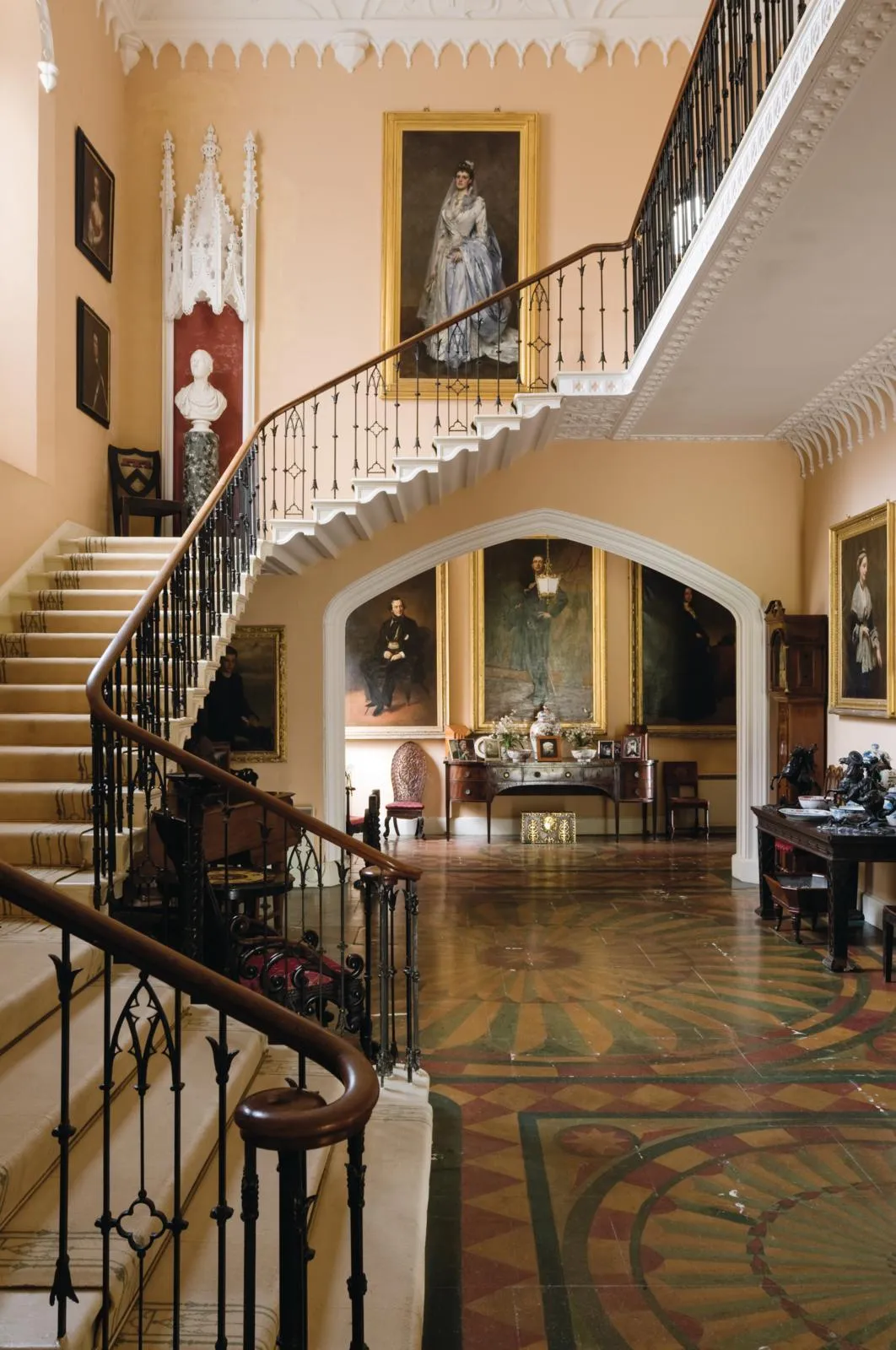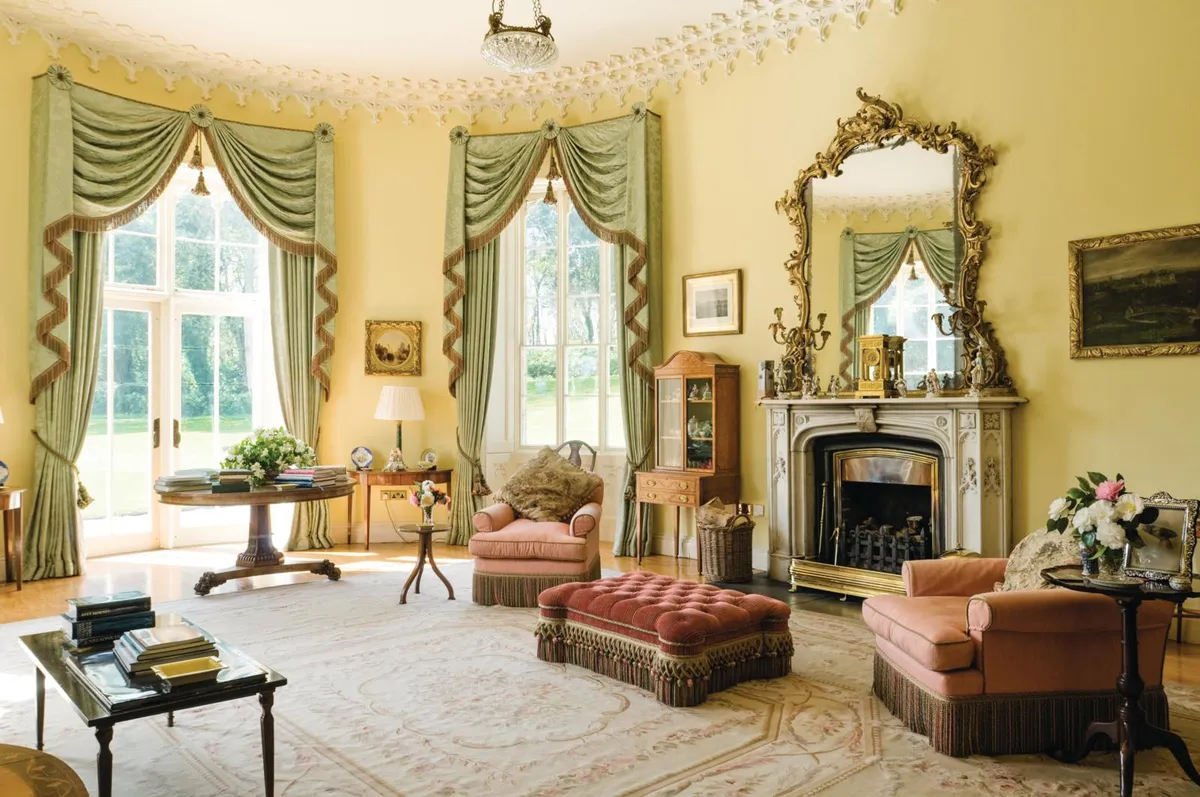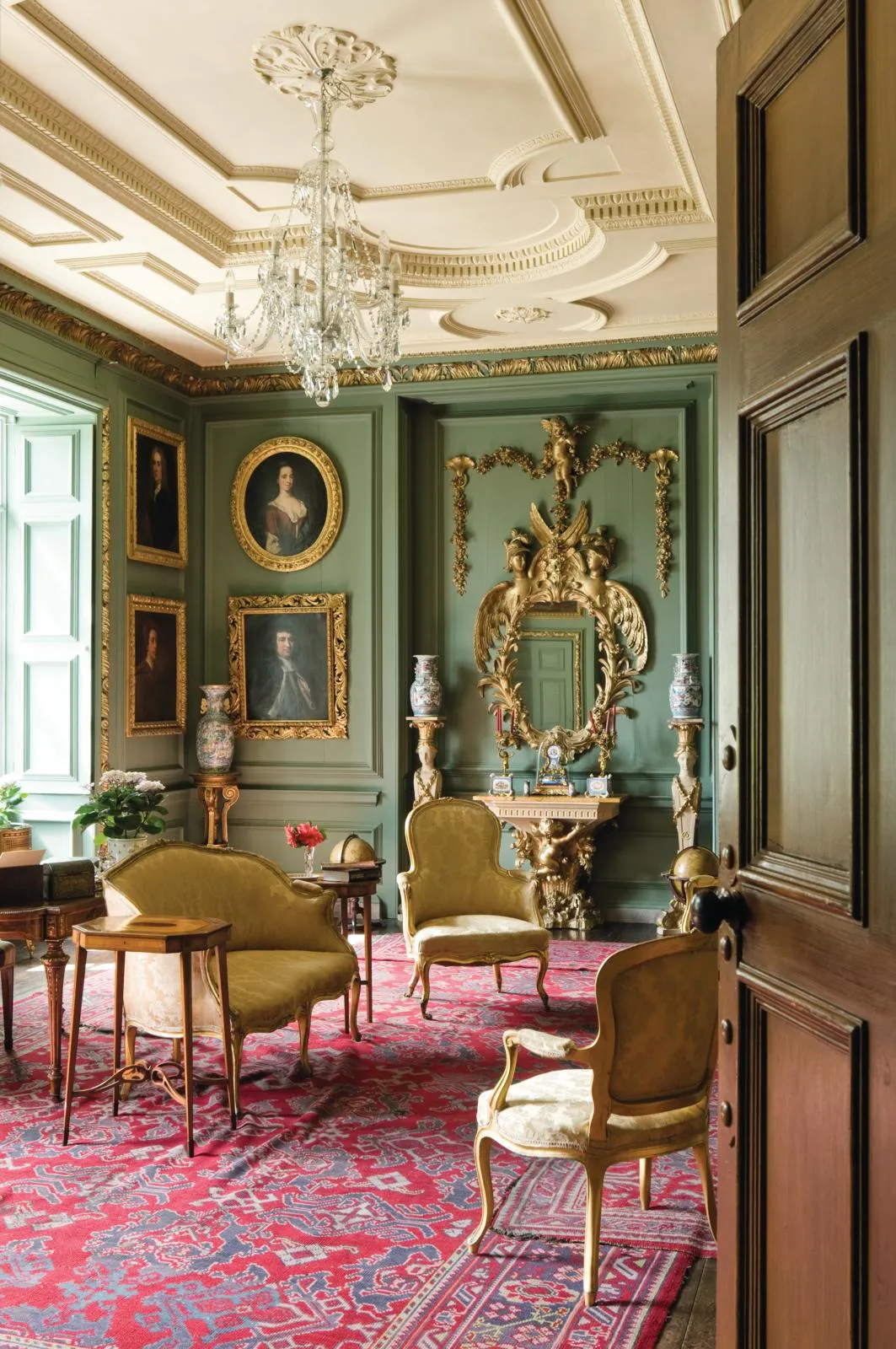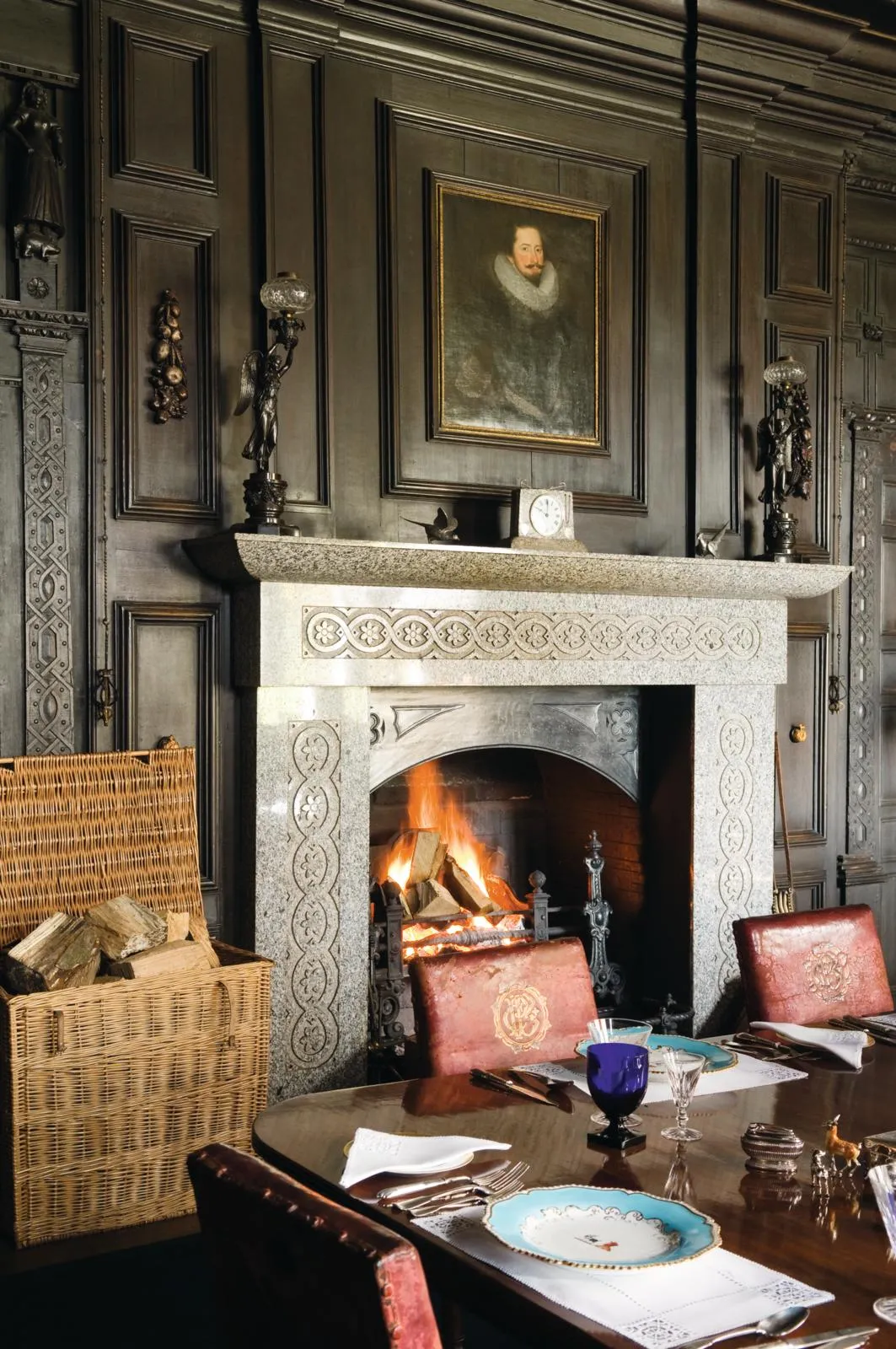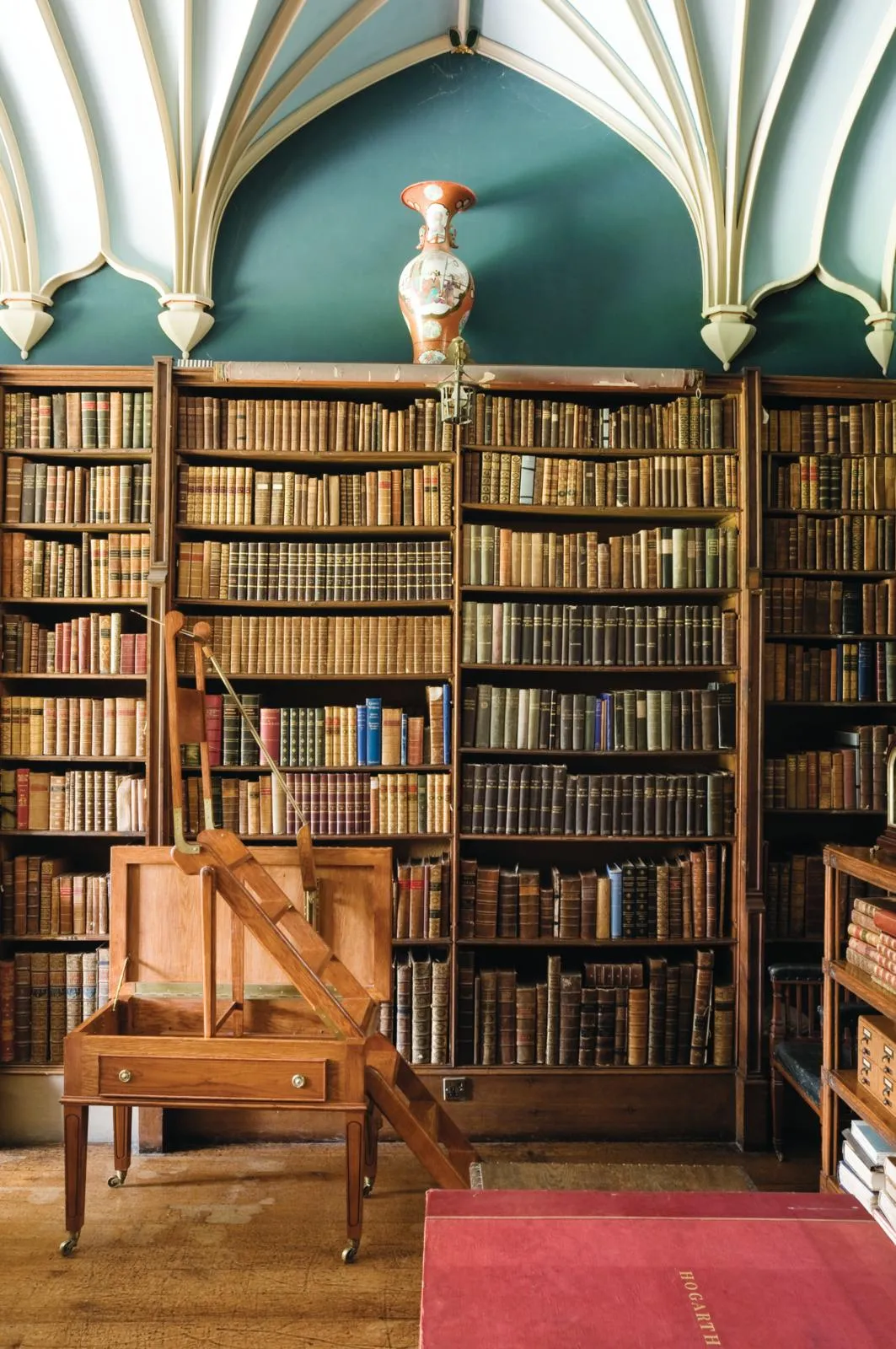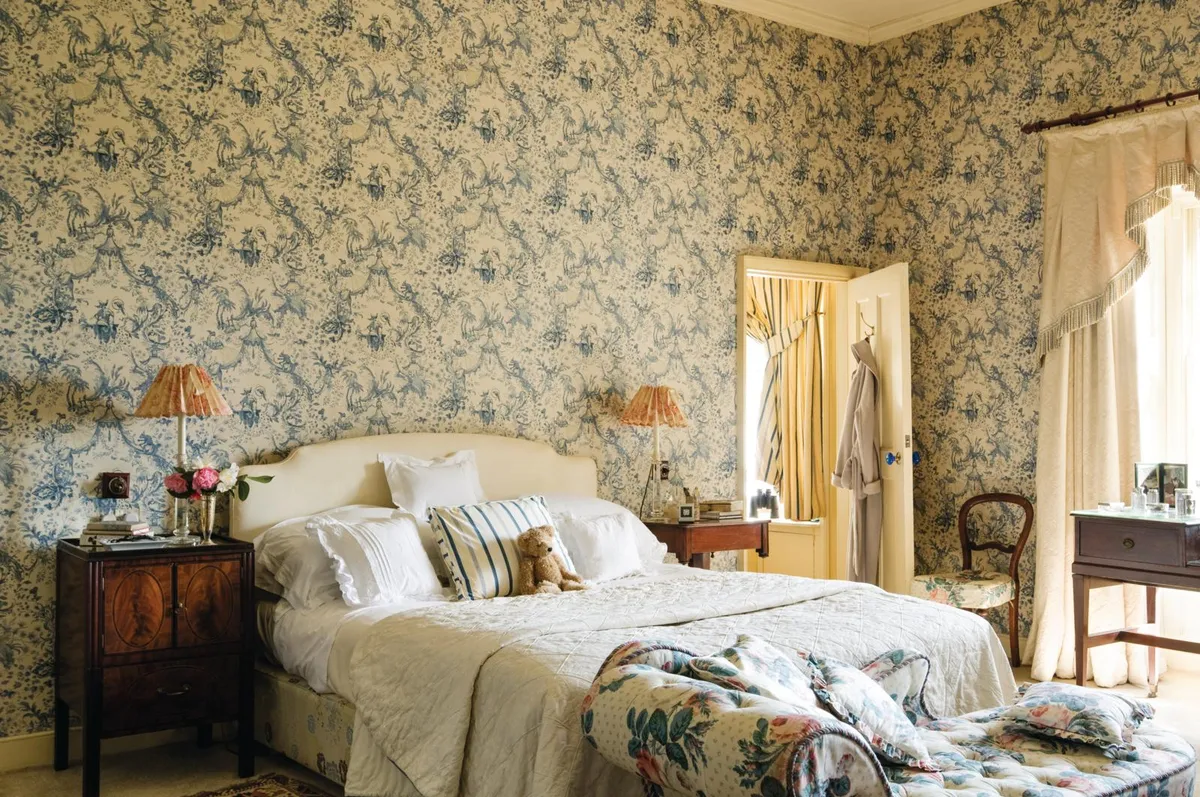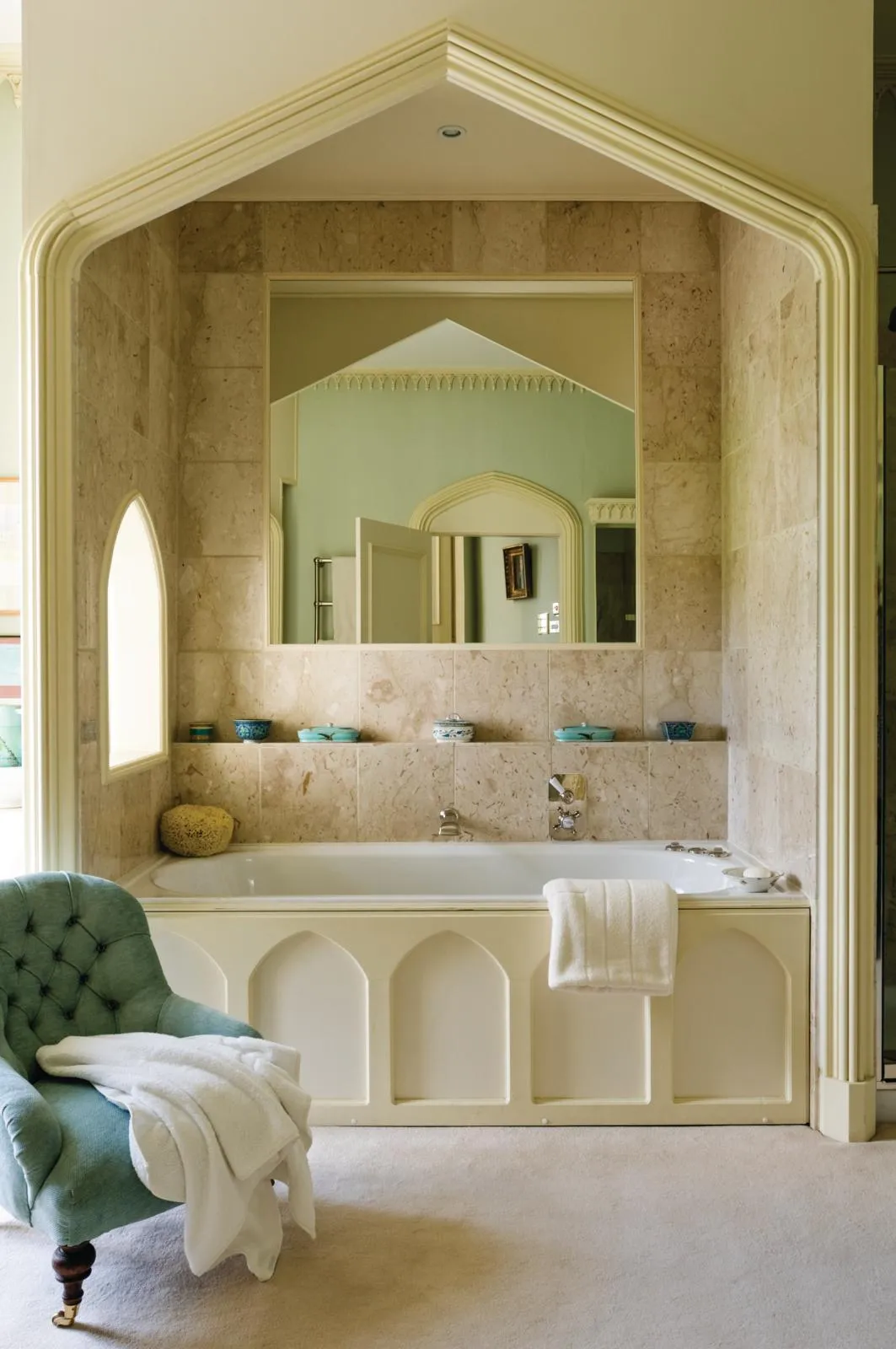Built by Sir Nicholas Prideaux, scion of a family descended from William the Conqueror, Prideaux Place in north Cornwall has been owned by the same family since it was completed in 1592. These days, Prideaux is the much-loved family home of Peter and his wife Elisabeth Prideaux-Brune, the 14th generation of Sir Nicholas’s descendants.
Situated high above the noise and clamour of Padstow and surrounded by castellated stone walls, Sir Nicholas chose the site well: the grand house commands a spectacular view across an ancient deer park towards the Camel Estuary and out to sea.
You might also like St Ives travel guide
While this landscape has altered little over the centuries, Prideaux Place itself has weathered many changes and Peter and Elisabeth have worked hard to ensure its survival for the enjoyment of future generations.
‘By the time we came to live here in 1988, the fabric of the house required a vast amount of restoration and it’s been a work in progress ever since,’ says Elisabeth. Many of the upstairs rooms haven’t been touched since the Second World War, when the house was requisitioned for use by the American Army. ‘I don’t think they left it quite as they’d found it when they departed,’ she adds with a wry smile.

‘There are more than 40 bedrooms in the house, but currently only six are in use, which is more than enough for our needs.’ The north wing, which isn’t open to visitors, remains as desolate as it was on the day the 121st Engineer Combat Battalion of the American Army left Prideaux to participate in the D-Day Landings in June 1944.
Elsewhere, Elisabeth has slowly updated the interiors; decorating rooms in a traditional style, culminating in the sunny and warm yellow walls and eau de nil curtains in the drawing room. ‘The colours echo the Aubusson carpet and it’s a timeless look that doesn’t date.’
You might also like an elegant 18th-century Cornish townhouse
Elisabeth and Peter are not the first of the Prideaux line to redecorate and make alterations to the house. In the 18th century, Edmund Prideaux, great-great-grandson of Sir Nicholas, had the gables at each end of the E-shaped Elizabethan building removed. He also had the gardens landscaped in the prevailing fashion, with several follies to provide points of visual interest.
The interior was also reorganised, and the dining room, formerly the Elizabethan great hall, was remodelled to incorporate Georgian panelling alongside the original 16th-century panelling of inlaid Spanish oak.
Edmund also installed more panelling in the Grenville Room. This entirely new addition came from Stowe House in Kilkhampton, the former seat of the Grenville family, and dates from 1680. When Stowe House was demolished in the 1730s, Edmund Prideaux rescued the panelling, along with paintings and carvings by Grinling Gibbons, and had it all transported to Prideaux Place and reinstated exactly as it had been at Stowe House.

At the start of the 19th century, Edmund’s grandson, the Reverend Charles Prideaux-Brune, refashioned the south end of the house in the gothic style of Horace Walpole’s Strawberry Hill. By adding a crenellated gothic bay, he created an elegant drawing room on the ground floor and a master bedroom of similar proportions on the floor above. The library tower, with its splendid stained glass window, and the hall, with its cantilevered staircase, were added at the same time.
You might also like explore Deans Court in Dorset
Today, the main rooms are furnished with a fascinating collection of 16th, 17th and 18th-century antiques and works of art, which not only encapsulate the decorative themes of the past, but also tell the story of one family across many generations. There are important works by Antonio Verrio in the ‘Grenville Room’ and, in the morning room, family portraits by John Opie adorn the walls.
Sir Nicholas, painted by Marcus Gheeraerts the Younger, sits above the fireplace in the dining room. A carved Spanish oak chest stands at the far end of the same room; reputedly salvaged from a wrecked Spanish galleon during the Armada, it came to Prideaux as the dower chest of Cheston Viell, Sir Nicholas’s bride.
Elisabeth and Peter share a pragmatic approach to maintaining the house and recognise that raising the money to restore the north wing will require winning the lottery. ‘What’s important in this climate is keeping damp at bay and maintaining the roof in good condition.’
Removing wet and dry rot from the house was the priority when they moved in, recalls Elisabeth. ‘But once that was achieved, I set about restoring the gardens, which had been neglected for decades.’ Help and guidance for this phase of the restoration came in the form of Tom Petherick, a Cornishman who began his career working at the botanical Lost Gardens of Heligan, near Mevagissey.
The house is open to visitors five afternoons a week throughout the summer, and Elisabeth and Peter have created a peaceful alternative to the crowded streets that Padstow experiences at the height of the tourist season. ‘We pitch a marquee outside the tearoom in case it rains,’ she says. ‘But, on sunny days, the terrace is the loveliest spot for a drink or light tea.’
As renovation has progressed, Prideaux Place has become increasingly popular as a film set. To date, the house has starred in 14 German-made films based on the popular novels and short stories by Cornish-born Rosamunde Pilcher.
You might also like what to watch on TV if you love antiques and interiors
Clearly, life at Prideaux Place is always busy, but Elisabeth doesn’t complain. ‘Despite the fact that we’re here all year round and work in the garden never ceases, when I walk the dogs down to the beach, it’s like being on a permanent holiday in one of the most beautiful parts of the world,’ she says.
